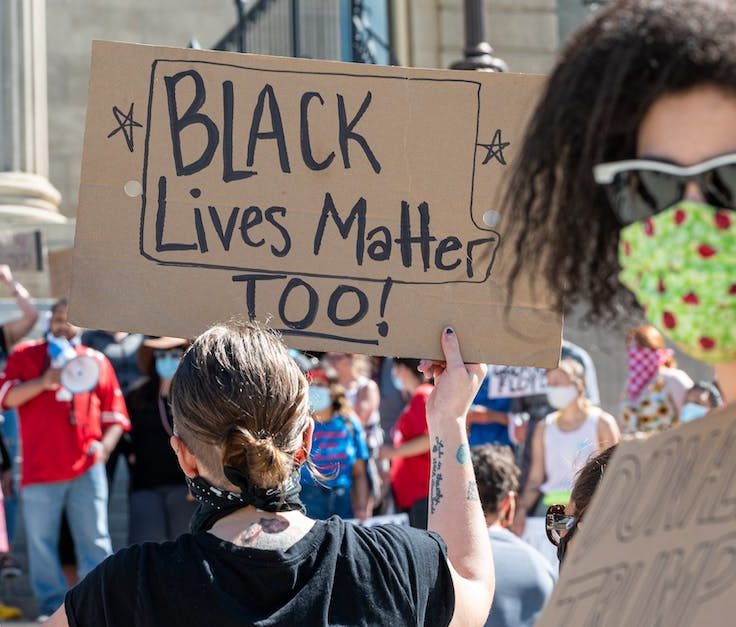Investigating the Misleading Tactics Used by Companies to ‘Greenwash’ Their Image
In the midst of businesses coming under pressure from investors and consumers to tackle emissions, Peter Dutton is determined to transform the present government into an effort of the Greens and Labor. He has decided to oppose any climate-related action change has granted Bandt an upper hand in deciding Labor’s platform. Despite these efforts, many of the ambitious corporate climate commitments that we’ve seen are neglecting major sources of carbon. McDonald’s has recently announced that it will provide its restaurants with LED lights, and will use renewable sources of energy to power their electrical power. However, its strategy for reducing the carbon footprint of beef production remains unclear.
1. What’s Peter Dutton’s view on climate policies?
Peter Dutton is the Australian Minister for Home Affairs as well as Minister for Immigration and Border Protection. The Minister has taken a strict position on climate policies. The minister has spoken out on behalf of cutting emissions as well as boosting investment into renewable energy sources. The former president has also said he believes businesses should be encouraged to assume accountability for the contribution they make to climate change and that government must provide incentives to companies to do that. Dutton also supports more international cooperation on environmental issues and Australia has signed the Paris Agreement.
2. How do businesses respond to investor and customer pressure on climate change?
Customers and investors have been putting more pressure on companies to act against climate change in recent years. As a result, many enterprises have pledged publicly to lower their carbon footprint and in setting ambitious targets in the near future. The pledges often aren’t enough to stand up to examination when they are viewed closely. Many pledges aren’t backed by caveats, or contain enough information to make them significant. Furthermore, some businesses have claimed to be “carbon neutral” but are doing so without offsetting their carbon emissions, leading to the illusion that progress has been made.
3. What are the primary sources of carbon dioxide which require attention?
Recent news articles on Why Corporate Climate Promises don’t always be able to stand the test of time identified a major issue that is the necessity of addressing major carbon emission sources. In order for any corporate climate pledges to be successful We must know the source of these emissions from and how to reduce them. The main sources of emissions include the combustion of fossil fuels including petroleum, coal and natural gas to fuel energy production and transportation. Furthermore, the production of steel, cement, as well as different industrial processes can contribute to significant emission. Carbon emissions can be greatly influenced by land use and alterations in land usage, like the deforestation.
4. What are the strategies McDonald’s using to reduce pollution from its restaurant?
McDonald’s is among the leading restaurant chains in the world. McDonald’s have been working hard to cut down on emissions from their restaurant. They have implemented several ways to decrease their carbon footprint and employ environmentally friendly energy sources. The restaurant has also started to invest in energy-efficient equipment, lighting and refrigeration systems. The business has also made measures to decrease water use, such as installing water-efficient appliances and fixtures. McDonald’s also uses renewable energy like solar, wind as well as geothermal power to run its establishments.
5. What will McDonald’s take to decrease its carbon footprint from beef production?
McDonald’s has recently announced its plan to reduce carbon emissions from its beef production through changing their sourcing and production practices. To accomplish this the business is focusing in three major areas improvement in the efficiency of cattle feed production, moving into renewable energy sources and optimizing the efficiency of their production methods for beef. For feed production, McDonald’s is working with suppliers to minimize the amount of water and energy used in the production of their feed. McDonald’s also invests into processes and technologies to cut down on methane emissions of cow’s digestive systems. They are also switching towards renewable energy sources such as geothermal, solar and wind in order to reduce their dependency on fossil fuels.
Quick Summary
The possible demise of its safeguarding mechanism has led to many questions regarding those who stand to lose. It has been said that business owners have plenty to gain, they have made little effort to decrease emission from their own manufacturing or those of their suppliers. If climate change isn’t dealt with, both the planet and the individuals who live on it will suffer most. Industries and companies will need to act quickly to create sustainable solutions to ensure more sustainable futures for all.



